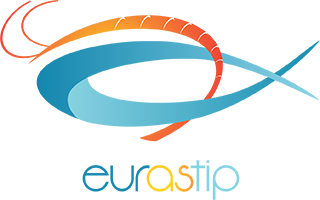What is a TP ?
The word ‘platform’ has different definitions, being a level surface to stand on or the declared policy of a group. For our purposes, a technology platform is a forum – composed of sectoral stakeholders – that works to drive innovation, knowledge transfer and the competitiveness of the sector concerned.
The impetus for creating platforms comes from policy-makers’ need for consultation with stakeholders. Where platforms combine the interests of all stakeholders, the supply of consensus positions have weight and influence.

Courtesy of Ghent University
EATiP, the European Technology and Innovation Platform, has always respected that the development of the aquaculture sector has been highly dependent on innovation, incorporating the term into its name.
EATiP is a recognised European Technology Platform and to achieve this recognition it developed a strategic research and innovation agenda, based on an agreed vision for the future.The basis of such platforms is to bring stakeholders together (as a multi-stakeholder activity) to identify the priorities needed for the development of their sector. This means involving all of the players in the industry value-chain concerned alongside research and training interests (i.e. research institutions and universities), civil society organisations and non-governmental organisations.
While the focus of technology platforms is primarily to influence research and innovation, this cannot be achieved without a full understanding of policies and strategies that affect their sector. Similarly, a comprehensive view of market forces and economic performance can influence debates and priorities.
All platforms seek commonly agreed goals and objectives and, wherever there is multi-stakeholder participation, this can be challenging, due to the different interests represented.
Nonetheless, when consensual agreement is attained, the positions reached or decisions taken have impact and influence.
Platforms have different structures and membership, depending on whether they are local, regional, national or international, which are relevant to their interests and focus. For aquaculture, these may be formal (such as EATiP) or informal interest ‘clusters’.
While there is no single recipe for success, more and more multi-stakeholder platforms are emerging in Europe, the latest – for aquaculture – being the Aquaculture Advisory Council that was created in 2016.
